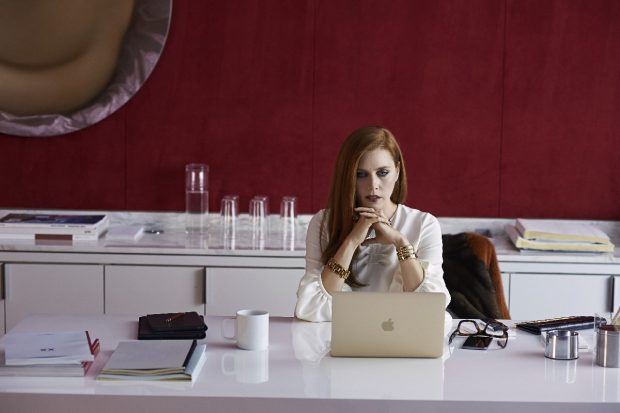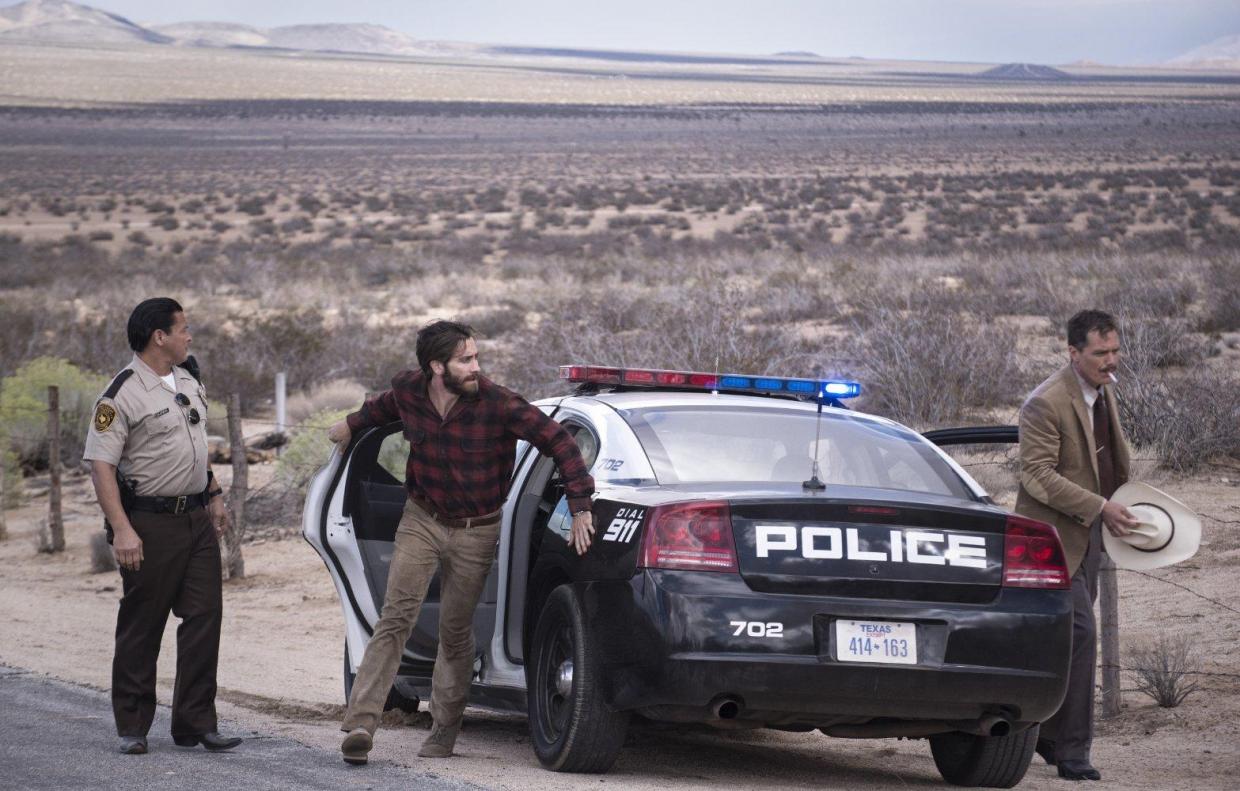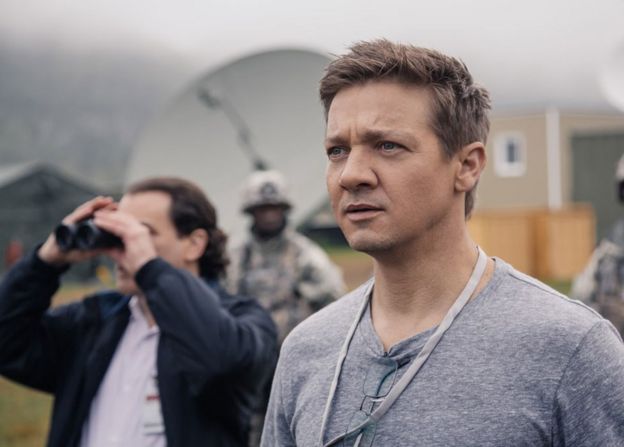I admire that Robert Zemeckis’ “Allied” doesn’t go the way
you expect it to go. Instead of a fun and breezy period spy romance (starring
sexy human beings Brad Pitt and Marion Cotillard) it’s more of a somber,
straight-faced drama about a marriage in crisis. Nothing wrong with that. However,
I still found myself disappointed by the direction the film takes because it
ultimately diminishes the impact of its brightest star—Cotillard.
“Allied” starts off as that fun and breezy period spy
romance. Ruggedly handsome American spy Max Vatan (Pitt) parachutes into the
desert outside Casablanca circa nineteen forty-two, wherein he meets up with
French resistance fighter Marianne Beausejour (Cotillard). They pose as a
wealthy married couple that gets to mingle with the Vichy French and Nazi high
command at swanky parties and assassinate a German ambassador, while wearing
fancy clothing.
Stylish but deadly.
This is the first onscreen collaboration between Pitt and
Cotillard and they’re damn good together. They have effortless chemistry—he’s
stern and quietly charming, while she’s bubbly and can command a room like no
other. They’re so good together that you ignore the fact that they first make
love in a sparkly CGI sandstorm or sometimes look like they’re in the middle of
a Vogue fashion shoot; when I assassinate a Nazi Ambassador with my
coworker/lover I hope I look half as glamorous as they do.
Overall, “Allied” is stylish and well made. Don Burgess’
cinematography is glossy like a magazine, the costumes are shiny and Gary
Freeman’s production design is neat and clean even out in the middle of dusty
Morocco. As silly as the film can be (at one point Marianne literally gives
birth in the middle of The Blitz in London) Zemeckis shows restraint during the
pivotal dramatic moments. These scenes have a calm and naturalistic feel to
them, while the music is kept to the absolute minimum or not used at all,
allowing for more tension and authenticity rather than melodrama. Even the
sandstorm lovemaking scene isn’t as over the top as it could be.
After their mission is complete, Max and Marianne get
married and have a baby—abandoning the dangerous but exciting life of espionage
for mundane domesticity. Although they still manage to look more glamorous than
you ever will. One day, Max is told by his former boss (played by Jared Harris)
that Marianne may actually be a German spy. Oh
Mon Dieu! If it’s true Max must be the one to assassinate her.
It all sounds very dramatic, and it is, but those expecting
“Mr. And Mrs. Smith” during World War 2 will be disappointed. “Allied” morphs
into a much gloomier, emotional drama about a husband trying to come to terms
with the fact that his beloved may be the enemy. And this is my main problem
with the film: through this transition, “Allied” becomes more about Max rather
than both of them, like it was in Casablanca. He gets to look disheveled and
act conflicted. He gets to launch his own mini investigation into the matter while
Marianne is distanced from us—we only see of her what Max sees, meaning her onscreen
time mostly consists of sitting in their house, taking care of their daughter,
being a loving wife and waiting for him to come home. I realize that this is
done to preserve her true identity and actions until the end but that narrative
choice also diminishes her role/character in the process.
This may not have been such a big issue except that
Cotillard gives such a fantastic performance and Pitt is somewhat…bland. It’s
tolerable at first when he’s playing off of Cotillard in Casablanca but as the
film becomes more about him the blandness becomes more noticeable. Pitt’s
attempts to be understated and shy usually come off strained and unnatural;
there are times where it looks like he’s trying really hard to act. On the
other hand, Cotillard is magnetic-- delicately charming and down to earth,
fiercely intelligent and tough. You can’t take your eyes off her. Cotillard
still makes the most of her limited role later on (during her last scene, a
massive lump will probably accumulate in your throat) but her presence is sadly
minimized. She’s not as active a character as she was in Casablanca.
“Allied” is never boring to watch. The Casablanca section
strikes a perfect balance between silly and serious, the middle goes in an
unexpected but welcomed dramatic direction (despite my problems) and the ending
still packs an emotional punch. Yet, because it becomes more focused on Max
rather than both him and Marianne, “Allied” never soars to greatness.

















